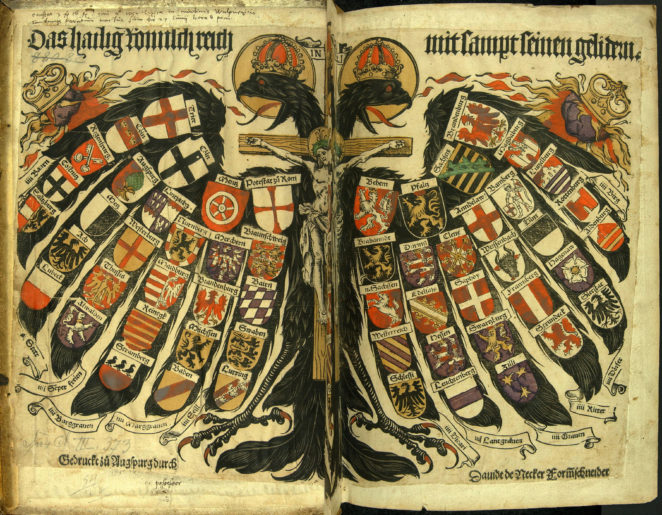
6th August 1806 saw the end of an institution
that could trace its origins back for 1000 years, namely the Holy Roman Empire.
However, as Voltaire said, it was neither holy nor Roman, and not much of an
empire. Its formal dissolution in 1806 was merely the recognition of an obvious
reality.
It began in 800 when Charlemagne thought of reviving the
western Roman Empire, but based in Aachen (on the border of what are now
Belgium and Germany) rather than Rome. The empire consisted of a band of
territory across central Europe, and at its peak included what is now the whole
of Germany, Switzerland, Austria, the Czech Republic, Belgium and The
Netherlands, plus parts of eastern France and northern Italy.
The empire disintegrated early in the 10th
century but was revived by “Otto the Great” in 962, after which there was an
unbroken line of emperors for more than 800 years. In 1273 the first Habsburg
emperor, Rudolf I, claimed the title, and the Habsburgs continued the line
(with only minor exceptions) for the rest of the empire’s existence.
The “Holy” part of the title came from the fact that, at
first, the Pope crowned the emperor, although this practice ended in the 16th
century when the Protestant Reformation broke the link between the Empire and
the Papacy.
The power of the emperor – who was nominally elected to
office, but not democratically – rose and fell across the centuries, but for
much of its history the Empire consisted of a patchwork of many tiny dukedoms
and principalities, each ruler of which held controlling power within his
territory.
In 1806 it was very clear where real power lay in central
Europe, namely with Napoleon Bonaparte, whose own French Empire was
all-powerful. Emperor Franz II – another Habsburg – decided that he would
rather be Emperor of Austria than Holy Roman Emperor, so the wholly
anachronistic title vanished for ever as the 67th emperor became the
last one.
No comments:
Post a Comment